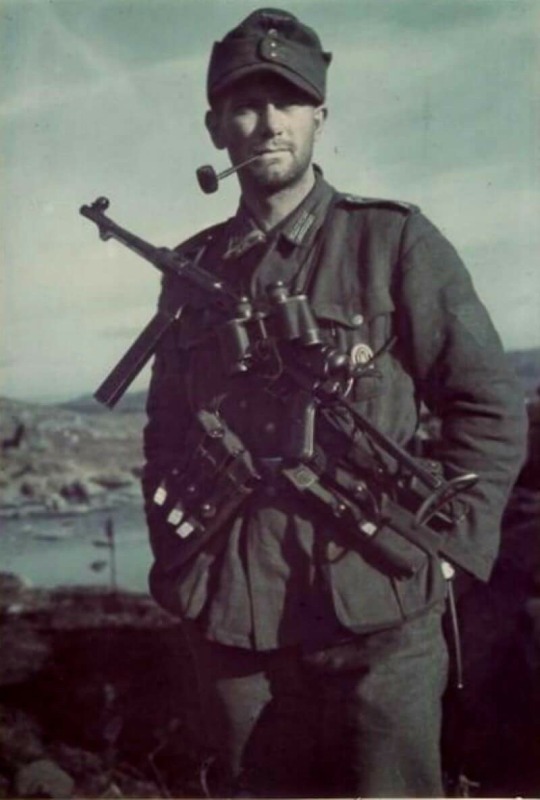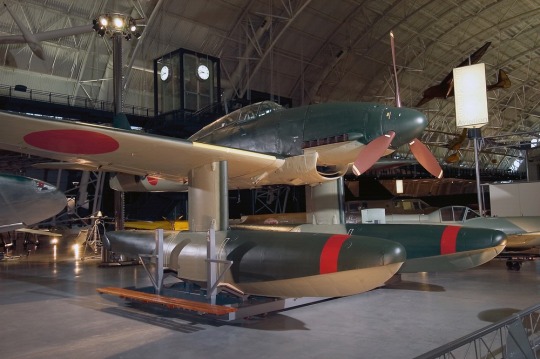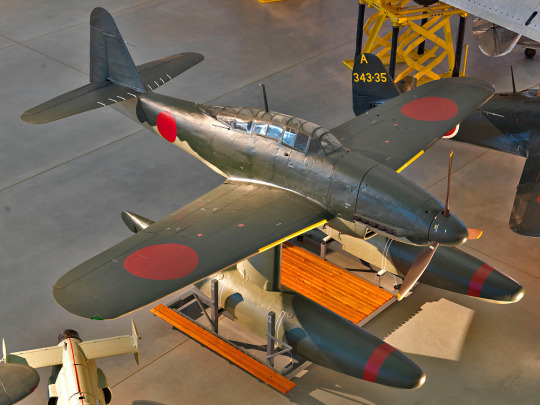Photo
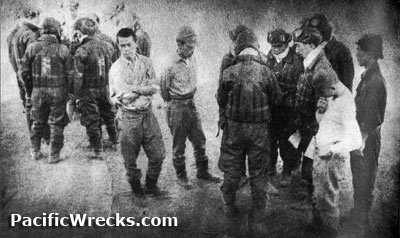
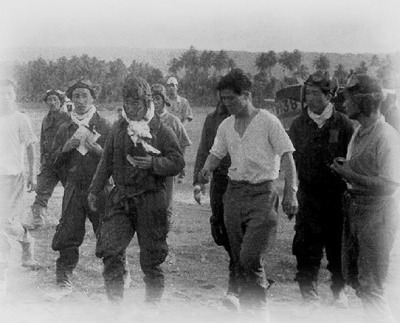



On August 7th/8th* 1942 a seriously wounded Saburō Sakai returns to Lakunai Airfield, Rabaul with his damaged Zero after a four-hour, 47-minute flight over 560 nautical mi (1,040 km; 640 mi). Over Tulagi, while attacking SBD Dauntless dive bombers he mistook for F4F Wildcats, his Zero was damaged and Sakai’s skull was penetrated by a machine-gun bullet and he was blinded in one eye. When he attempted to land at the airfield he nearly crashed into a line of parked Zeros but, after circling four times, and with the fuel gauge reading empty, he put his Zero down on the runway on his second attempt. After landing, he insisted on making his mission report to his superior officer before collapsing. His squadron mate Hiroyoshi Nishizawa drove him, as quickly but as gently as possible, to a surgeon. Sakai was evacuated to Japan on 12 August, where he endured a long surgery without anesthesia. The surgery repaired some of the damage to his head, but was unable to restore full vision to his right eye.
(click on photos for captions)
*7th in American Time Zone, 8th for Japanese.
152 notes
·
View notes
Photo

Japanese F1M seaplanes at rest in New Guinea (Date unknown)
367 notes
·
View notes
Photo
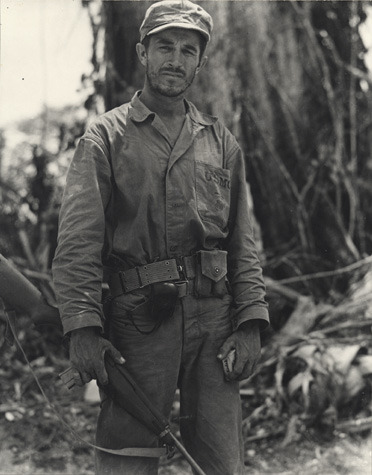
Combat Photographer David Douglas Duncan, USMC, with an M1 Carbine, at Bougainville, Solomon Islands, February 1944, taken by none other than U.S. Navy Lt. Richard M. Nixon.
527 notes
·
View notes
Photo
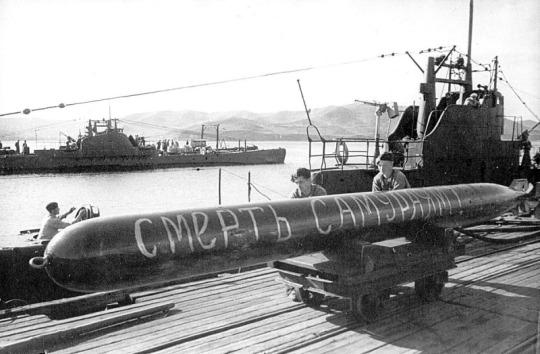
,,Death to the Samurai!”
Loading operations of a Soviet submarine during the Soviet-Japanese War.
411 notes
·
View notes
Photo


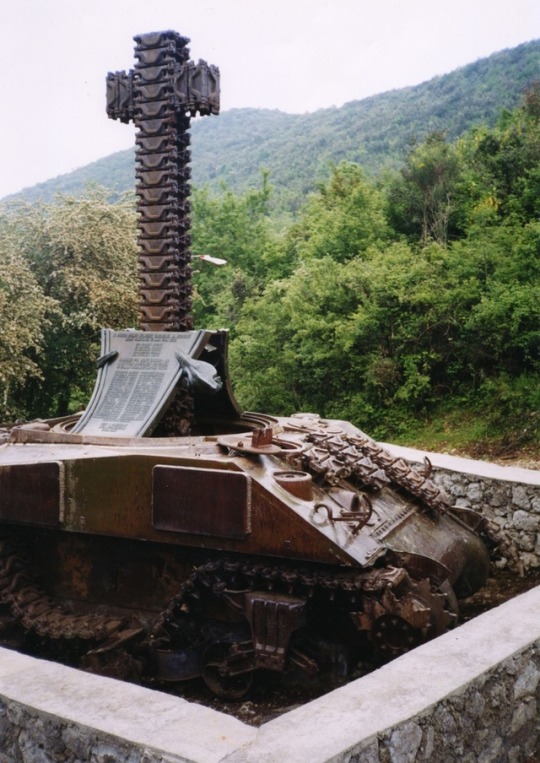
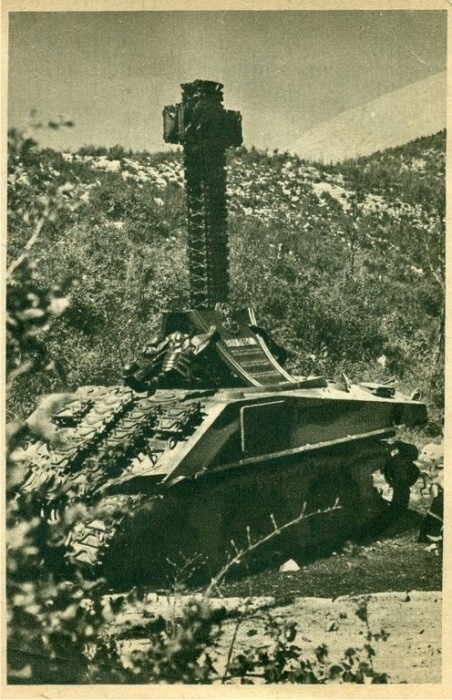

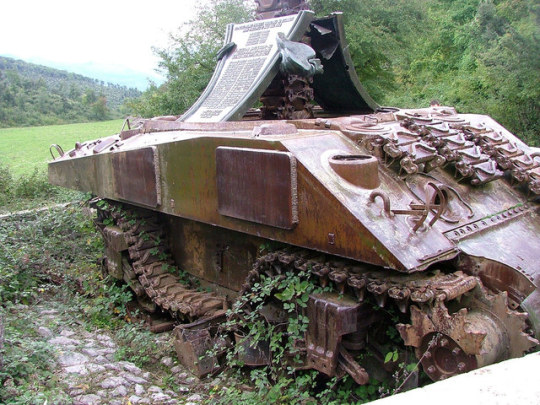
Monument to the tankers of the Polish 4th tank regiment “Scorpion”.
Monte Cassino, Italy.
Installed on may 19, 1946.
260 notes
·
View notes
Photo
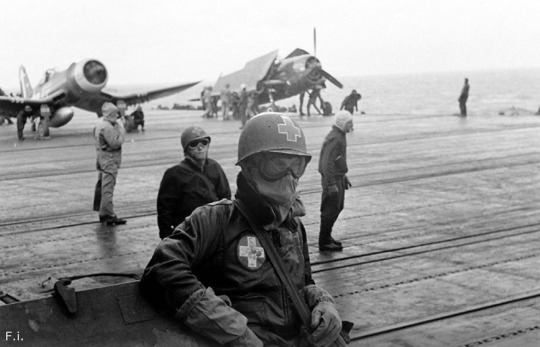
Medics on duty on the deck of the aircraft carrier USS Bunker Hill (CV-17) 1945
243 notes
·
View notes
Photo
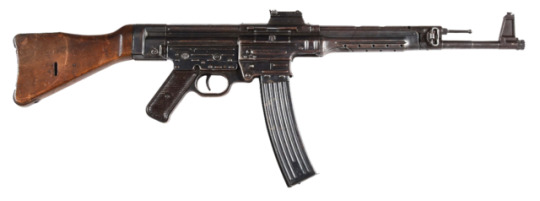

German MP-43 captured US forces during World War II.
from Morphy Auctions
329 notes
·
View notes
Photo
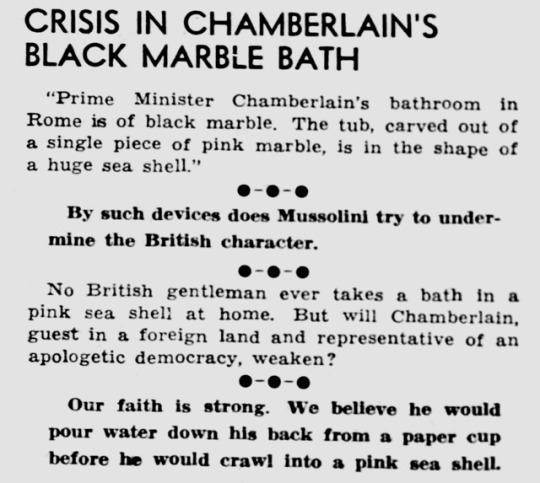
The Pantagraph, Bloomington, Illinois, January 12, 1939
358 notes
·
View notes
Photo

Советский снайпер Семён Номоконов
Semyon Nomokonov (1900–1973) was a Soviet sniper during World War II, credited with 367 kills. An ethnic Evenk, Nomokonov was among the indigenous peoples of Russia who fought in the war. He received the nickname Taiga Shaman from the enemies.Nomokonov was born in a poor family of hunters and from childhood lived in taiga. Nomokonov took the rifle for the first time at the age of seven. He hunted sable, Manchurian wapiti and elk, and was nicknamed Eye of the Kite.Nomokonov started his military service in August 1941, initially in a subsistence farm of a regiment. Nomokonov became a sniper by chance. In the fall of 1941 he was evacuating one of the wounded, when he noticed a German, aiming at him. Nomokonov killed him with his own rifle. After that Nomokonov was transferred to a sniper platoon. He started to shoot from a Mosin–Nagant rifle without a telescopic sight. Nomokonov fought at the Valdai Heights, Karelian Isthmus, Ukraine, Lithuania, East Prussia and then in Manchuria. He initially marked the number of kills on his smoking pipe. Nomokonov was wounded eight times and suffered a blast injury twice.As a sniper instructor, Nomokonov trained over 150 soldiers.Nomokonov was awarded two Orders of the Red Star, Order of the Red Banner, Order of Lenin and medals.He left nine children and 49 grandchildren.
453 notes
·
View notes
Text
The Origins of Duct Tape
Duct tape was initially used during World War II for a very specific military purpose: keeping ammunition boxes sealed. It quickly became clear that it was useful for many other things, as well. And its incredibly adhesive qualities as well as inherent waterproofing led to soldiers calling it “duck tape,” referring to a duck’s wicking feathers.
After the war, former American soldiers who went to work in construction spread the word about the amazing new tape. It ended up being used for all sorts of HVAC applications, but mostly for holding ductwork together, so “duck tape” became “duct tape.“
437 notes
·
View notes
Photo
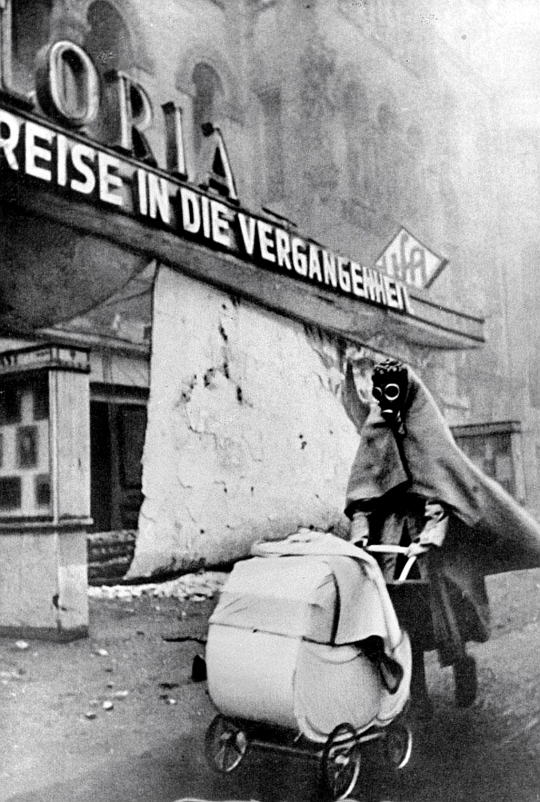
Wolf Strache: Kurfürstendamm After a Major Air Raid, Berlin, 1942
2K notes
·
View notes
